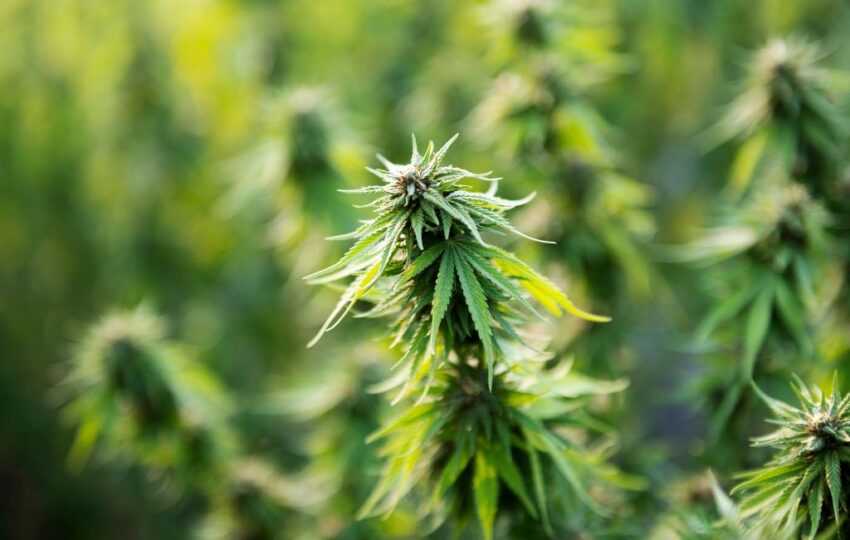With the increasing acceptance and legalization of cannabis in various regions, many enthusiasts are exploring the idea of cultivating their own plants at home. Growing cannabis in a personal garden offers numerous benefits, from ensuring quality and purity to the satisfaction of nurturing a plant from seed to harvest. This article provides a comprehensive guide to home growing cannabis, offering insights into the process, challenges, and rewards.
Understanding Legal Considerations
Before starting a cannabis garden, it’s imperative to understand the legal framework governing home cultivation in your area. Laws vary significantly across different regions, with some places allowing a limited number of plants for personal use, while others impose strict penalties for unauthorized cultivation.
- Research local laws and regulations regarding cannabis cultivation.
- Obtain any necessary permits or licenses if required.
- Stay informed about changes in legislation to remain compliant.
Choosing the Right Strain
The choice of cannabis strain can significantly impact the growing experience and the final product. Different strains have varying growth characteristics, potency levels, and effects.
- Indica: Known for its relaxing effects, Indica strains are typically shorter and bushier, making them suitable for indoor growing.
- Sativa: These strains are often associated with uplifting effects and tend to grow taller, requiring more space.
- Hybrid: Combining traits from both Indica and Sativa, hybrids offer a balance of effects and growth characteristics.
Setting Up Your Growing Environment
Creating an optimal environment is key to successful cannabis cultivation. Whether growing indoors or outdoors, several factors need consideration to promote healthy plant growth.
Indoor Growing
Indoor cultivation allows for greater control over environmental conditions, but it requires an initial investment in equipment.
- Lighting: High-quality LED or HID lights are essential for providing the necessary light spectrum for photosynthesis.
- Ventilation: Proper airflow helps prevent mold and pests while maintaining temperature and humidity levels.
- Grow Medium: Options include soil, hydroponics, or coco coir, each with its own advantages and challenges.
Outdoor Growing
Outdoor cultivation leverages natural sunlight and can be more cost-effective, but it requires attention to climate and security.
- Location: Choose a spot with ample sunlight and protection from harsh weather conditions.
- Soil Quality: Ensure the soil is rich in nutrients and well-draining to support healthy root development.
- Security: Implement measures to protect plants from theft or damage by animals.
Understanding the Growth Cycle
Cannabis plants undergo several stages of growth, each requiring specific care and attention.
Germination
The process begins with germinating seeds, which involves providing moisture and warmth to encourage sprouting.
Seedling Stage
Once sprouted, seedlings require gentle light and a stable environment to develop strong roots and leaves.
Vegetative Stage
During this phase, plants focus on growing larger and developing foliage. Adequate nutrients and light are crucial for robust growth.
Flowering Stage
The final stage involves the development of buds, which contain the desired cannabinoids. Adjusting light cycles and nutrient levels can enhance yield and potency.
Common Challenges and Solutions
Growing cannabis at home can present various challenges, but with knowledge and preparation, these can be effectively managed.
- Pests: Regularly inspect plants for signs of pests and use organic solutions to mitigate infestations.
- Nutrient Deficiencies: Monitor plants for symptoms of nutrient imbalances and adjust feeding schedules accordingly.
- Mold and Mildew: Maintain proper humidity levels and airflow to prevent fungal growth.
Harvesting and Curing
Harvesting at the right time is crucial for maximizing the quality and potency of your cannabis. Once harvested, proper curing enhances flavor and smoothness.
- Timing: Monitor trichomes and pistils to determine the optimal harvest window.
- Drying: Hang buds in a dark, well-ventilated space to dry slowly over several days.
- Curing: Store dried buds in airtight containers, opening them periodically to release moisture and improve flavor.
Benefits of Home Growing
Growing cannabis at home offers numerous advantages beyond the obvious cost savings. It provides an opportunity to cultivate strains tailored to personal preferences and ensures control over the cultivation process, resulting in a cleaner, more organic product.
- Access to a wide variety of strains not always available commercially.
- Ability to experiment with different growing techniques and methods.
- Potential for therapeutic gardening benefits, such as stress relief and increased mindfulness.
Conclusion
Home growing cannabis can be a rewarding endeavor, offering both practical and personal benefits. By understanding legal requirements, selecting appropriate strains, and creating an optimal growing environment, enthusiasts can enjoy a successful cultivation experience. While challenges may arise, they can be overcome with knowledge and perseverance, leading to a bountiful harvest of high-quality cannabis.
